Starting Your Budget-Friendly Garden Journey
You can transform a tiny outdoor space into a stunning garden paradise without breaking the bank. Begin by evaluating your area—measure it precisely, say 10×10 feet, to understand sunlight patterns and soil type. Note shady spots versus sunny ones; this guides plant choices. Curious about turning these basics into a lush haven for under $200? Stick around for practical steps to make it happen.
Contents
Planning Your Small Garden Layout
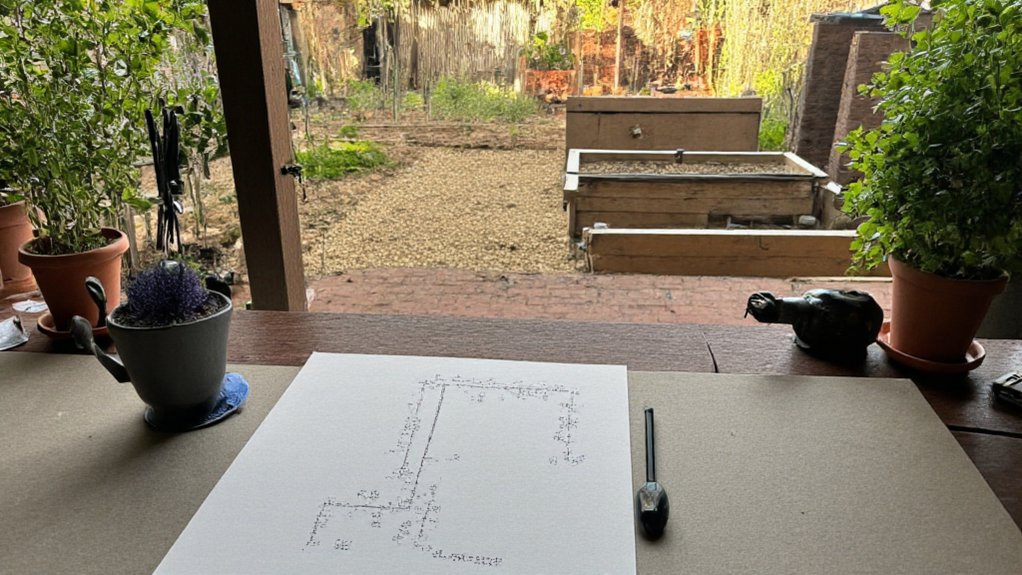
Planning your small garden layout is an essential step in creating a functional and visually appealing outdoor space on a budget. Start by evaluating the available area, taking note of sunlight exposure, soil conditions, and any existing structures or plants. Sketch a simple design on paper or use free online garden planning tools to map out where you want to place key elements like flower beds, pathways, seating areas, or vegetable patches. Prioritize multi-functional features, such as using raised beds that can double as seating, to maximize the use of limited space.
Consider the flow and accessibility of your garden by ensuring pathways are clear and plants are positioned based on their height and growth needs—taller plants at the back and shorter ones in front for better visibility and sunlight access. Incorporate vertical gardening options like trellises or wall planters to save ground space and add visual interest. By carefully planning your layout, you can avoid costly mistakes and create a cohesive design that suits your needs and budget.
Choosing Affordable Plants and Materials
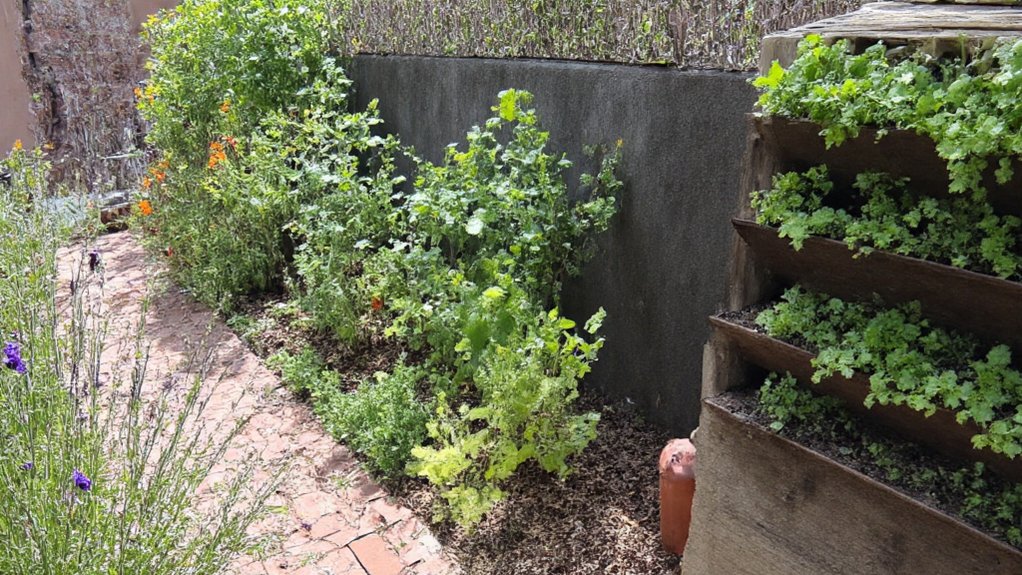
When designing a budget-friendly small garden, choosing affordable plants and materials is key to keeping costs low without sacrificing beauty or functionality. Opt for native plants or perennials that are well-suited to your local climate, as they often require less maintenance and are more likely to thrive, saving you money on replacements. Additionally, consider starting with seeds or small starter plants instead of mature ones, as they are considerably cheaper and can grow over time with proper care. Local nurseries, community plant swaps, or even online marketplaces can be great sources for discounted or free plants.
Beyond plants, selecting cost-effective materials for hardscaping and decor can make a big difference. Recycled or repurposed items, such as old bricks, wooden pallets, or second-hand containers, can be used for pathways, raised beds, or planters. Gravel or mulch, which are often inexpensive, can be used to cover bare soil and create a polished look while reducing weed growth. By prioritizing affordability and creativity, you can build a charming garden space that fits your budget.
Maximizing Space With Vertical Gardening
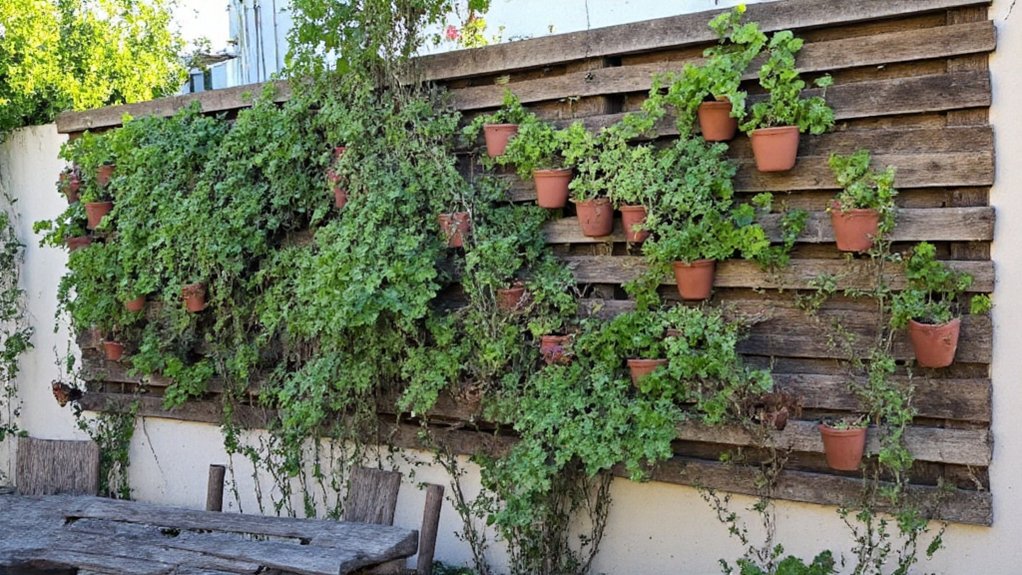
Vertical gardening is an excellent way to maximize space in a small garden, especially when ground area is limited. By utilizing walls, fences, trellises, or even stacked containers, you can grow plants upwards instead of outwards, creating a lush, green environment without sacrificing valuable floor space. This method is ideal for growing climbing plants like ivy, clematis, or beans, as well as for hanging pots with herbs, flowers, or small vegetables.
Additionally, vertical gardening can be both budget-friendly and visually appealing. Affordable materials such as repurposed pallets, old ladders, or DIY trellises made from scrap wood can be transformed into stunning vertical structures. Not only does this approach save space, but it also adds dimension and interest to your garden, making it feel larger and more dynamic while keeping costs low.
Repurposing Items for Garden Decor
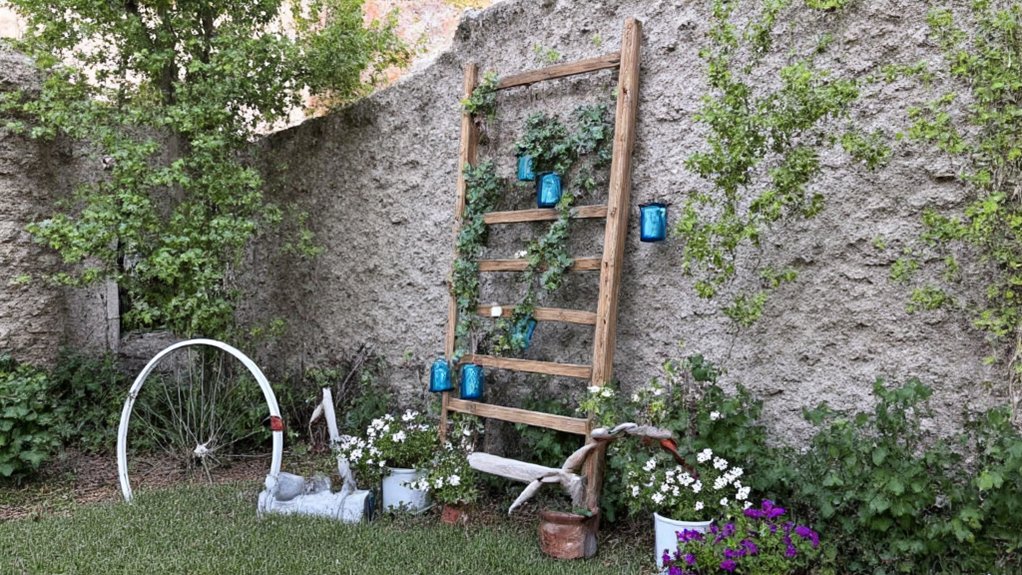
Repurposing items for garden decor is a creative and cost-effective way to add personality to a small garden without breaking the bank. By reusing old or discarded objects, such as tin cans, wooden crates, or broken pottery, you can craft unique planters, trellises, or decorative accents that bring charm to your outdoor space. This approach not only saves money but also promotes sustainability by reducing waste.
Look around your home for items that can be transformed with a little imagination—old ladders can become vertical plant stands, mason jars can serve as hanging lanterns, and even worn-out tires can be painted and turned into colorful flower beds. Repurposing allows you to customize your garden decor to match your style while keeping expenses low and adding a personal touch to every corner of your garden.
Saving on Watering and Maintenance
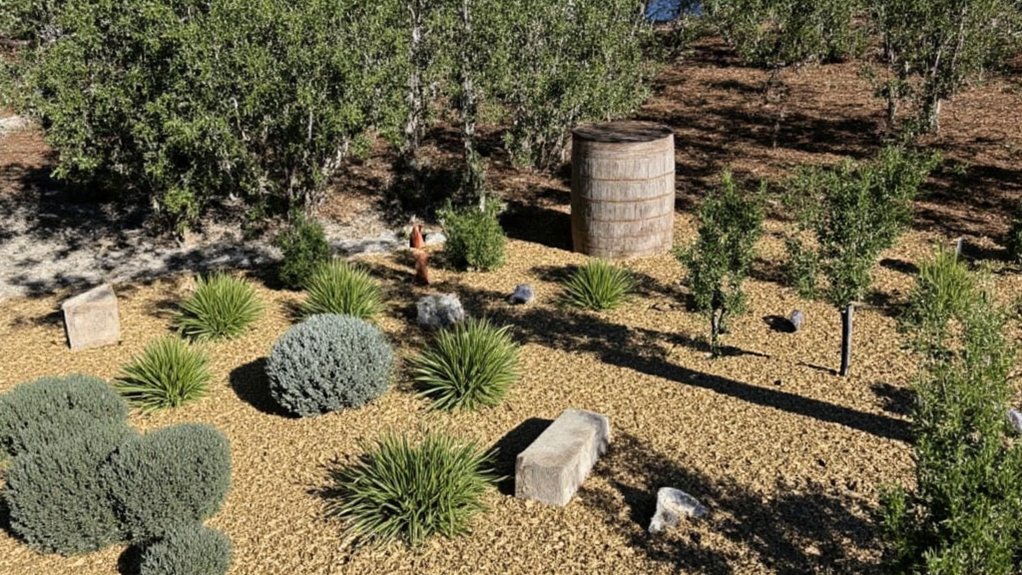
Saving on watering and maintenance is a key aspect of designing a budget-friendly small garden. Opt for drought-tolerant plants, such as succulents or native species, which require less water and thrive in local conditions. Additionally, installing a simple rainwater collection system, like a barrel connected to a downspout, can provide a free water source for irrigation, reducing reliance on municipal water supplies and lowering costs.
Incorporating mulch around plants is another cost-effective strategy, as it helps retain soil moisture, reduces the need for frequent watering, and suppresses weeds, cutting down on maintenance time and expenses. Grouping plants with similar water needs together also guarantees efficient watering, preventing waste. By focusing on low-maintenance designs and sustainable practices, you can keep both your garden and your budget in check.
Sourcing Deals and Discounts for Supplies
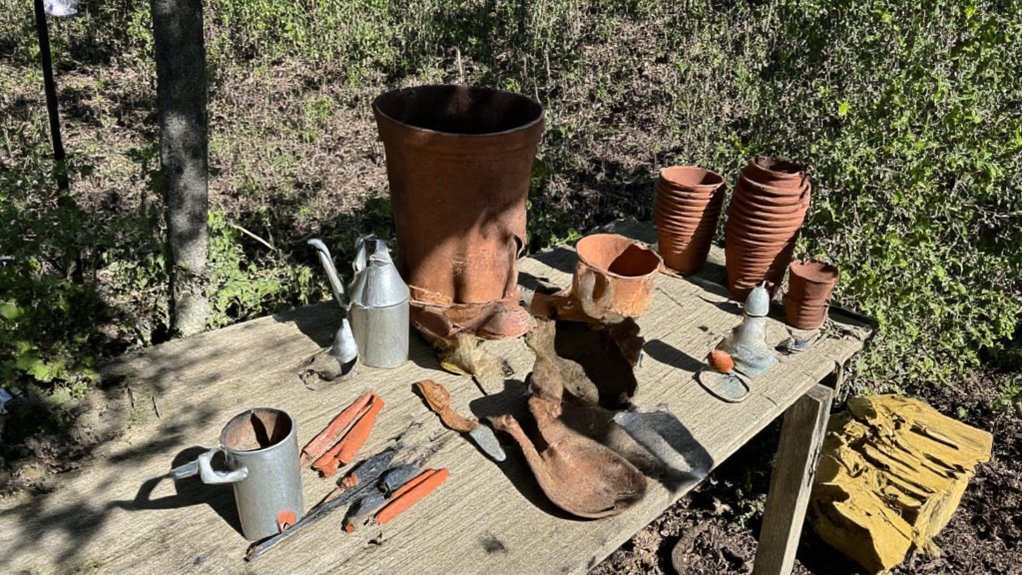
Sourcing deals and discounts for garden supplies is a smart way to keep costs low while creating a beautiful small garden. Start by checking local garden centers, hardware stores, and online marketplaces for seasonal sales, clearance items, or bulk discounts on essentials like soil, pots, and tools. Signing up for newsletters or loyalty programs at these stores can also provide access to exclusive coupons and promotions.
Additionally, consider exploring second-hand options through community platforms, garage sales, or social media marketplaces where people often sell or give away gently used gardening items. Joining local gardening groups can be beneficial as well, as members frequently share tips on deals or even swap supplies, helping you save money while building a network of fellow garden enthusiasts.
